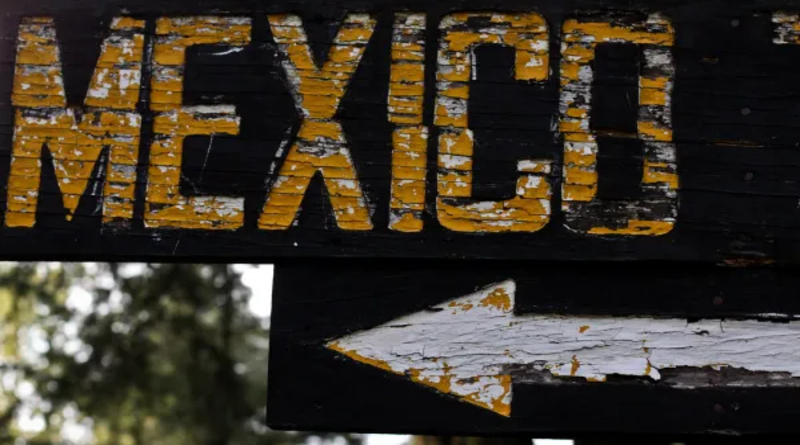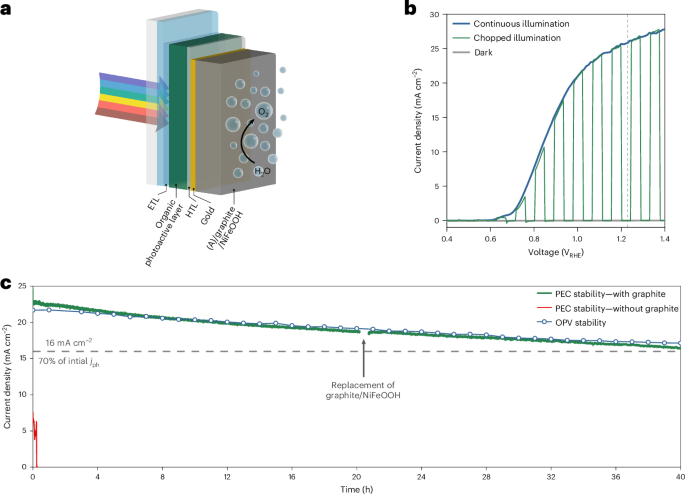In the Age of the Crisp White Wine, Albariño Is the Star
Native to the Iberian Peninsula, the zippy white grape is surging in popularity among American wine drinkers. [...] Read More... The post In the Age of the Crisp White Wine, Albariño Is the Star appeared first on Wine Enthusiast.

Bright white wines may be timeless, but they’re having a moment. American wine lovers are falling for one zippy, citrusy grape, in particular: Albariño.
Google searches for the grape have surged over the last 12 months, but its stardom has been a long time coming, especially as white wine consumption continues to surpass red globally.
Native to the Iberian Peninsula and commonly grown across coastal northwest Spain and northwestern Portugal, Albariño yields wines that are crisp, high-acid and just a bit oceanic. Americans are finally catching on.
Kerin Auth Bembry, one of the founders of La Luz Selections, a New York City-based wine import company that specializes in Spanish and Portuguese producers, says that she first started noticing more interest in Albariño over a decade ago.
Exceptional Albariños from Galician winemakers like Rodrigo Mendez, Do Ferreiro and Pazo Señorans marked a massive departure from “the mass-produced wines that made the region infamous,” she says. (Albariño, spelled Alvarinho in Portuguese, is believed to have originated in the Rias Baixas region of Spain’s cool, lush Atlantic coast.)
Flying off the Shelves
Naturally, better bottles led to better sales. Bembry can now barely keep Albariño on the shelves, thanks to the likes of Fento from Rias Baixas and Edmun do Val’s estate-aged Alvarinho from Vinho Verde.

Olé & Obrigado, a national distributor that imports Albariño/Alvarinho wines to the U.S., has observed a similar trend. Over the last five years, Olé & Obrigado’s Albariño sales have grown by 18%. And Rias Baixas, the region in Galicia responsible for the largest production of Albariño in the world, has seen significant growth in exports to the U.S. over the past few years.
“The increasing demand for white wines has contributed to Albariño’s popularity, particularly as an alternative to Sauvignon Blanc or Sancerre,” Olé & Obrigado co-founder Patrick Mata says, adding that consumers who are looking for “high-acid, crisp and lower-alcohol white wines are naturally drawn to Albariño.”
A goodAlbariño has tastes of melon, citrus, a bit of salinity and, in some cases, lees (spent yeast), offering a food-friendliness that’s landed it on wine lists around the country.
A Food-Friendly White That’s Going Global
Amy Racine, who leads the wine program at Tatiana by Kwame Onwuachi in New York City, finds Albariño to be the perfect white wine for the moment. “The palate in the U.S. is leaning towards dry, high acid, mineral-driven wines. And that’s exactly what Albariño is,” she says.
You might expect to see Albariño thriving in the country’s many Iberian restaurants, which it is, but the grape’s reach now extends far wider. It’s finding success in hotspots like Tatiana, where the kitchen is inspired by Afro-Caribbean culinary traditions.






































































































































































.jpg)








